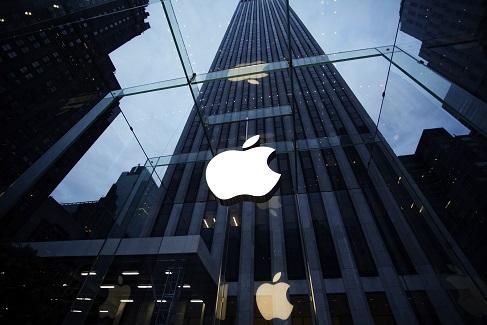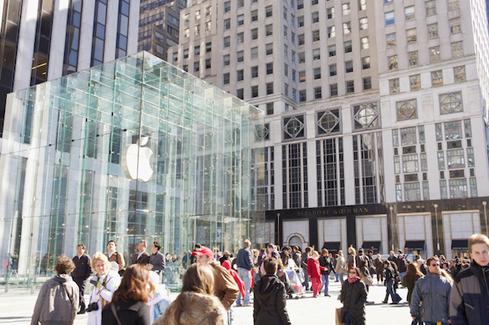In an effort to differentiate itself from competing news service applications, Apple may start to offer subscription services for certain content providers.


iPhone 7 Rumors: 7 That Have People Talking
iPhone 7 Rumors: 7 That Have People Talking (Click image for larger view and slideshow.)
Apple may soon introduce subscription services to its News application, according to a report in Reuters, which would give publishers more control over who has access to certain types of content.
Quoting two unnamed sources familiar with the matter, the report says that Apple would provide paywalls for publishers of premium content, such as The Wall Street Journal or The New York Times.
The sources said publishers of restricted content, who can so far offer their articles for free or provide a synopsis or excerpt with a link to log in to the publisher's site, have been frustrated by the lack of information Apple provides about its readership.
"Ensuring subscription mechanisms in our off-platform distribution partnerships is critical," Katie Vanneck-Smith, chief customer officer of Dow Jones, which publishes the WSJ, told Reuters.
Such a move would help Apple differentiate itself from competing apps like Facebook's Instant Articles, which doesn't offer its users access to subscriber-based articles.
Apple News collects all the stories users are interested in reading from top news sources, based on topics the user is most interested in. It combines the immersive design found in print with the interactivity of digital media, presenting articles that reflect the style of the publications they come from.
Articles are optimized for both iPhone and iPad. Users can share articles with others and save them to read offline.
Rival Microsoft recently debuted an app for iOS called News Pro that is looking to challenge Apple News and other similar apps.
Developed by the company's experimental app outfit, the Microsoft Garage, News Pro lets users log in with a Facebook or LinkedIn account and pick topics of interest, like politics, finance, and technology, to get a selection of algorithmically chosen articles.
While a number of major tech companies appear to be investing a significant amount of time and effort to corner the news application market, surveys suggest consumers are less likely to turn to mobile devices for news than they are for entertainment and social media purposes.
A June 2015 Nielsen analysis found that on average, US smartphone users accessed 26.7 apps per month in the fourth quarter of 2014 -- a number that has remained relatively flat over the last two years.
[Read iOS 9.2.1 Gives Older iPhones a Performance Boost.]
The report found that the emergence of the entertainment categories is a contributor to the overall increase in app usage. Not only has the entertainment category seen a 13% increase in unique audience year-over-year as of the fourth quarter of 2014, but this audience is spending nearly three hours more on apps over the same period -- a growth rate of 26%.
Three Silicon Valley tech giants, Apple, Facebook, and Google, account for the lion's share of app usage on smartphones and tablets in the US, according to a December report from Nielsen.
Facebook again took the lead as the top smartphone app with more than 126.7 million average unique users each month, while Google's YouTube app ranked second with 97.6 million average unique users each month.
Apple-made apps landed in the ninth and tenth spots in Nielsen's yearly rankings, with Apple Music recording 54.5 million monthly users.
What have you done to advance the cause of Women in IT? Submit your entry now for InformationWeek's Women in IT Award. Full details and a submission form can be found here.
About the Author(s)
You May Also Like







